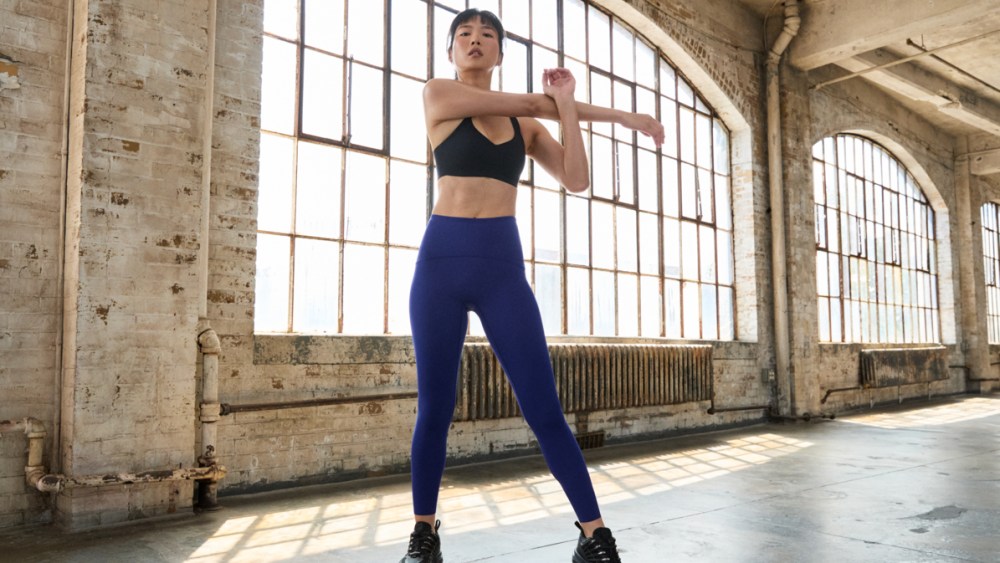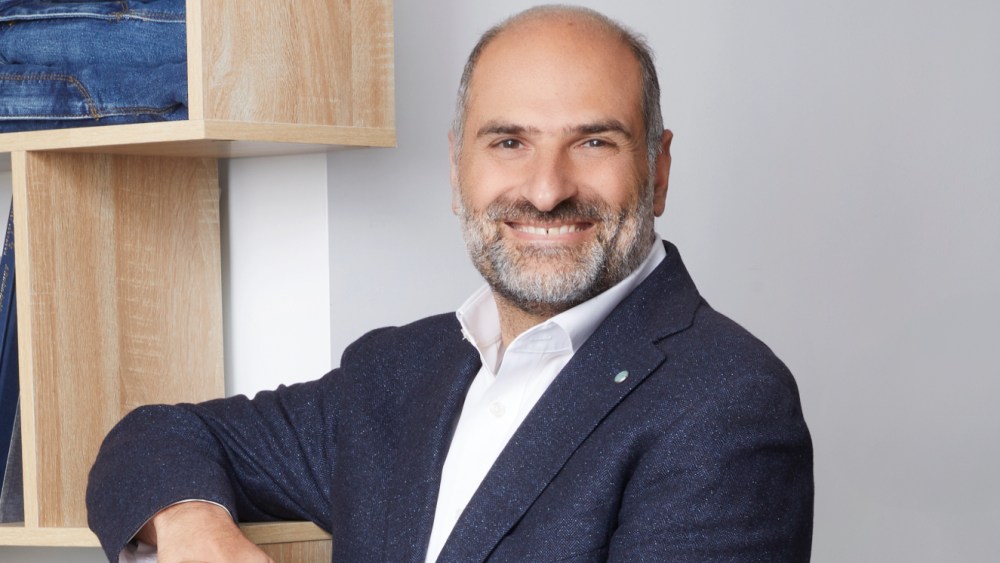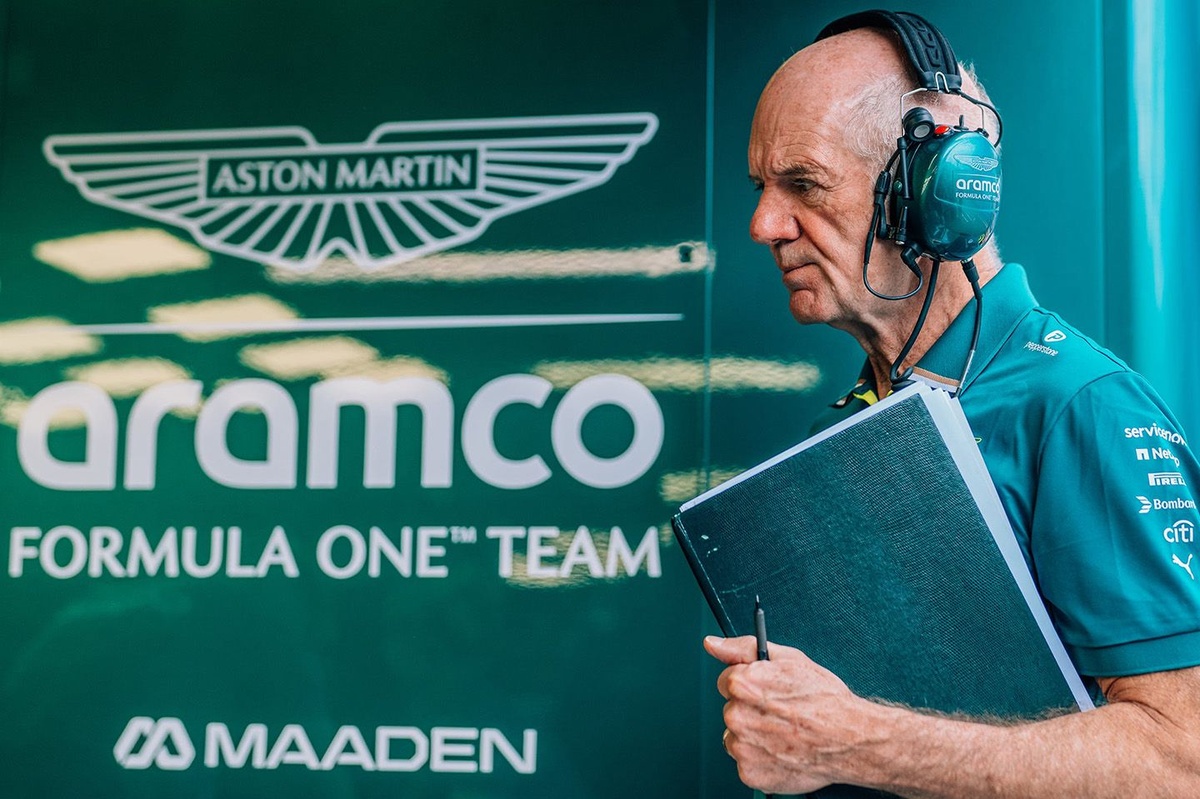
Innovation was a key reason why Spanx not only became part of the common vernacular but also was sold to Blackstone for $1.2 billion in 2021. While the Atlanta-based company’s ownership and product range has changed, its focus on technology has not.
As more players including celebrity-led ones like Kim Kardashian’s Skims and Rihanna’s Savage x Fenty have jumped into the shapewear market with more of-the-moment styles, consumers’ interest in the category has increased. Newer labels have also helped shapewear to further shake off its old lady image. The global shapewear market size was estimated at $2.73 billion last year and it is projected to hit $4.32 billion by 2030, according to Grand View Research. While the North American market accounts for the largest share with 38.6 percent, the global Spanx, like some of its rivals, is upping its product range with new categories. It currently has 60 patents.
Spanx executives declined to comment on annual sales, which industry sources estimated are between $300 million and $400 million.
Developing new technologies that can be used across categories is always a priority at Spanx, according to Wendy Hanson, vice president of intimate apparel and innovation. That could be a matter of exploring yarn or glue technologies that will give way to “the latest and greatest way to shape and solve consumer problems,” she said.
Skims, Savage x Fenty, Good American, Shapemint and other Gen Z-friendly brands are contributing to the competitive field. Hanson said, “As new players have come into the market, it has brought more awareness to the shapewear market. That’s a good thing since the market size has grown. What we know is that with Spanx, the consumer knows she is going to get a high-quality product that delivers on the results that we promise,” she said.
That “trust” is what Spanx always keep in mind, when developing new products. Consumer feedback — favorable or not — is also considered when developing new products, Hanson said. After some shoppers weighed in about the double-gusset waistband, the company “innovated around that and that’s what we used for our shapewear going forward. There’s a real beauty in hearing feedback from the consumer and what her pain points are because that gives us ammunition to innovate new ways of doing things or totally new products,” Hanson said.

The label has introduced denim to its assortment.
Photo Courtesy Spanx
During a recent interview, Hanson detailed how innovation is integral to Spanx’s heritage and its future. “Sara [Blakely, the company’s founder] was a frustrated consumer, who was looking for something that gave her great butt-lifting and maybe smoothed her cellulite, but that was also comfortable,” she said. “Comfort is always central and a north star in everything that we do and is what made our product different than everything that is in the market.”
In those early days in the 2000s, there were traditional corsets, and some shapewear that was largely produced in South America that used “really scratchy, dry fabric,” Hanson said. As a point of differentiation, many of Spanx’s early products including shapewear were knit on circular hosiery machines and are seamless based. “That technology is synonymous with comfort,” according to Hanson, who noted how it was graduating control for specific areas, where the wearer might want more — or less — compression.
More than anything, Spanx led to “the modernization of shapewear and making it more comfortable.”
Blakely patented that first product and many others that followed, but not everything is compression driven. The Bra-Ilelujah uses hosiery on the bar wing, because Blakely sought a nude, flat and smoothing look on the wearer’s back, Hanson said. “Using hosiery was not designed to shape her, but to solve this problem,” Hanson said.
Another innovative problem solver was using control for fishnet pantyhose. Noting how Blakely trademarked the term “no more grid butt” in 2004, Hanson said prior to that, wearers of fishnets would have the lattice of the hosiery’s design imprinted on their skin, after being seated for long periods of time. Pre-Spanx, fishnet wearers lacked thigh or tummy control, and butt lifting, she added. “Those areas are just some examples of solving consumer problems by developing the product in a different way,” she said.

Packaging for Super Spanx.
Photo Courtesy Spanx
Now with a diverse range of categories including denim, intimates, clothing, jeans, active and swim, AirEssentials, shapewear and more, Spanx continues to use bonding in different ways including to add another layer of fabric to certain areas of a garment without using stitching. “We use that pretty prolifically throughout the collection,” Hanson said. In the time that the company first started using bonding in the early 2000s, there have been a lot of advancements in glue technology such as ones that are primarily used in the handbag market or the automotive one to bond two layers of fabric together. That boosts breathability and allows for a soft hand feel, Hanson said.

The brand uses proprietary technology for a range of products.
Photo Courtesy Spanx
Through its ongoing partnership with The Lycra Co., Spanx taps into the fiber maker’s innovation including on a few occasions, where Spanx helped Lycra to bring its technology to market such as Lycra FitSense technology. “They had basically taken the molecule that is used to develop microfiber and they had it in a water-based dispersion, which allowed us to screenprint the micro-molecule onto the garment to give targeted compression without adding an additional layer of fabric or do bonding or anything like that,” said Hanson, adding that it has been used in shapewear, sports bras and other products.
Earlier this year, the company introduced Spanxsculpt ReDefine, a first-to-market denim collection with technology that plays up comfort and fit. The collection uses Lycra FitSense denim technology, a new fabric with integrated, targeted sculpting zones that are said to offer tummy-control, thigh-shaping and butt-lifting without any signs of the compression to the exterior of the garments.
Ultra Sculpt Shapewear, which offers maximum shapewear, is another advancement, as is Spanxsupersmooth SheerSense, which uses Lycra FitSense technology on mesh products. The company continues to build upon its shapewar and intimates businesses with new technology “to maintain market leadership and to continue to expand in those areas,” Hanson said.
Flagging how Spanx had been in business for 16 years before the company bought its first ad, Hanson said, “With Sara, everything was about supporting women with her in a girlfriend-to-girlfriend way. It was the first time that celebrities were talking about their undergarments in public, and that was advertising for us,” Hanson said.
To celebrate Spanx’s anniversary, the company planned a Los Angeles event Wednesday night with celebrity stylists including Karla Welch, the leader of its new Shaped by Stylists ambassador program. And Blakely is expected to visit the Atlanta headquarters for a fireside chat with chief executive officer Cricket Whitton for an audience of staffers on Thursday.
#Competition #Increases #Spanx #Plays #Innovation






